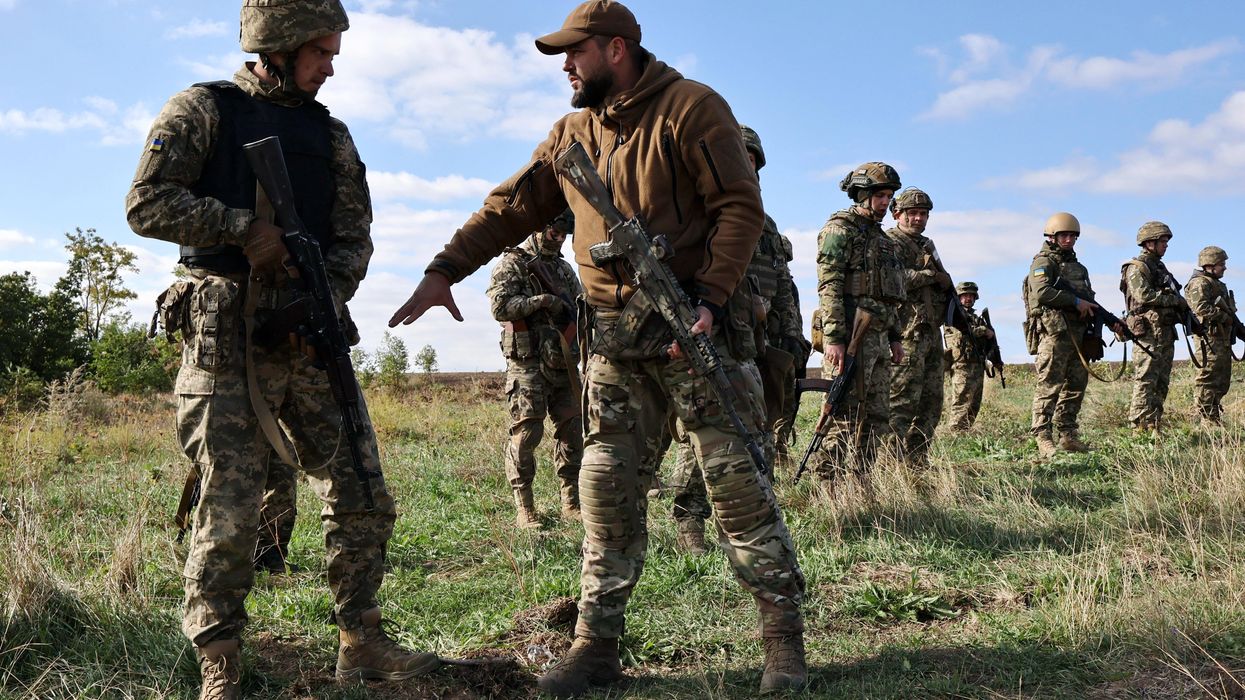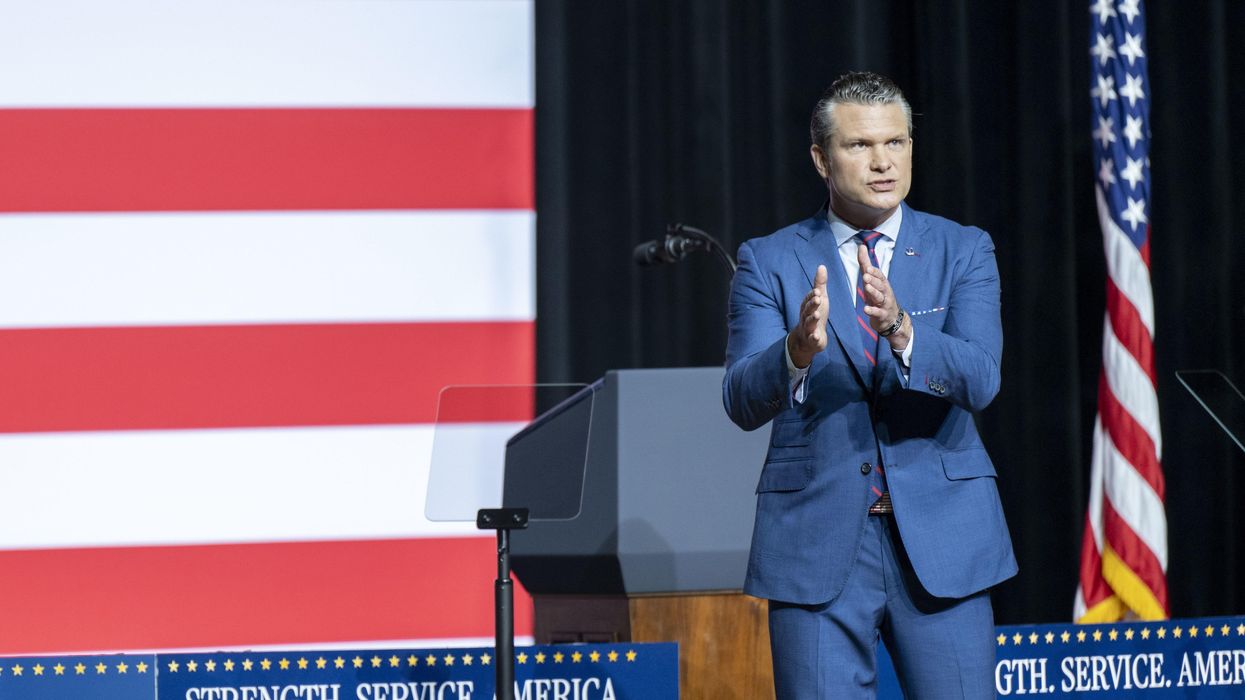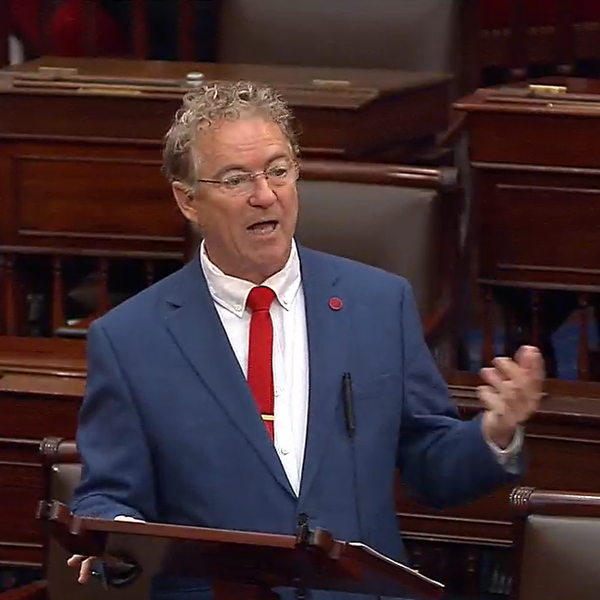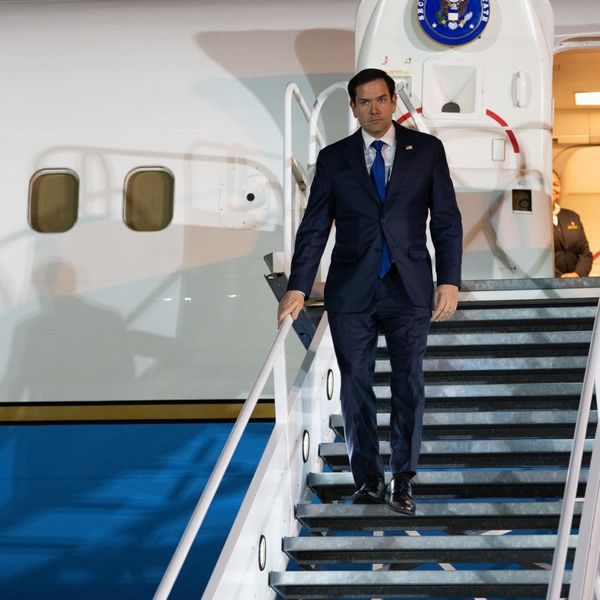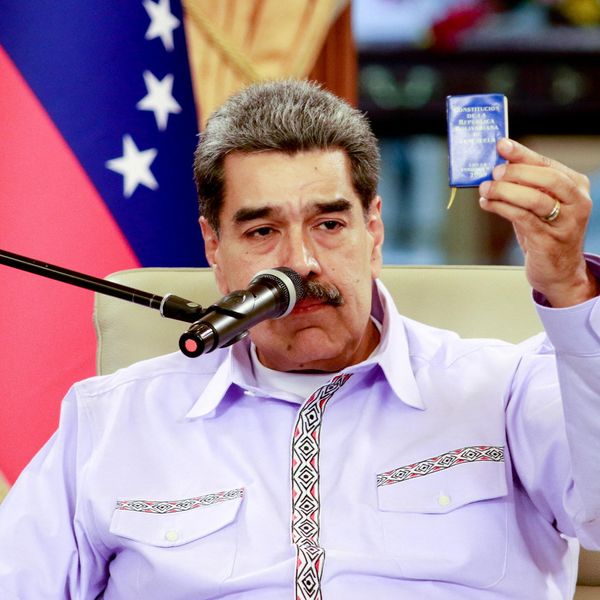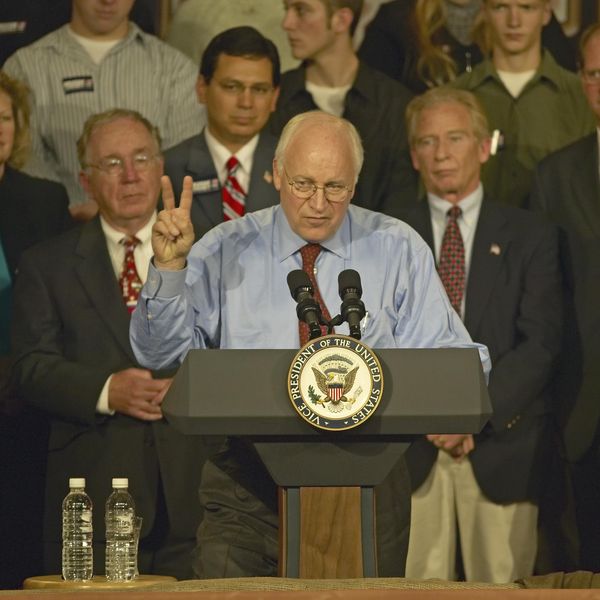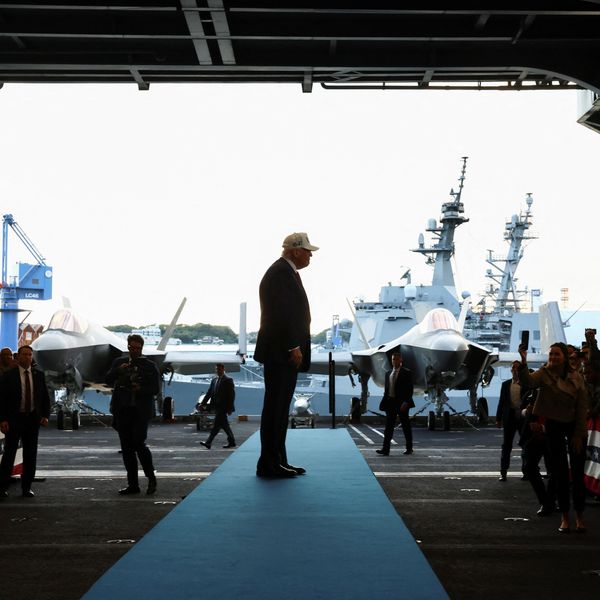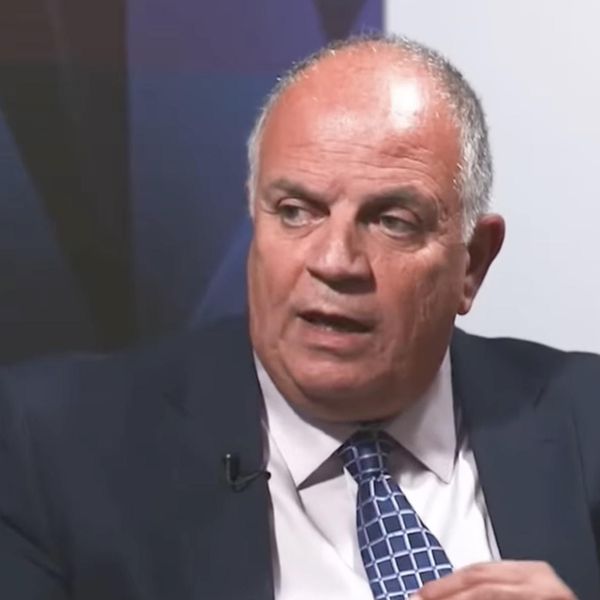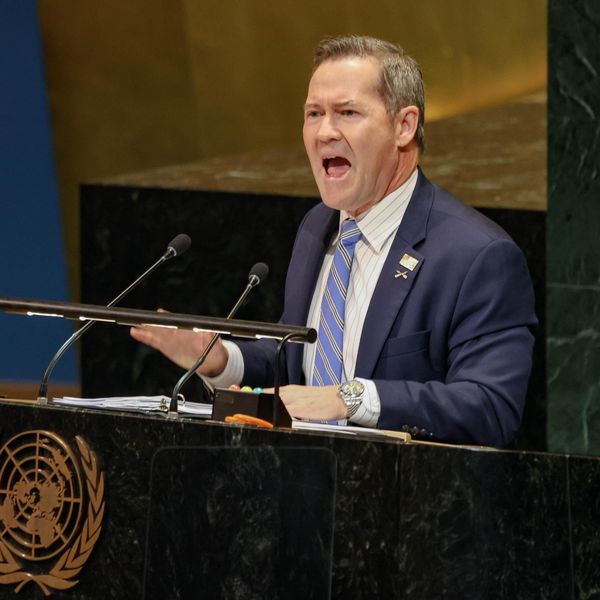The war on terror has been a costly failure, and most of those costs have been borne by the people in the countries where the United States has waged this war.
The 20-year campaign of militarized counterterrorism has succeeded in destabilizing entire regions, wasting trillions of dollars, and killing at least 900,000 people. In the process, it has created conditions that have increased the number of terrorist organizations in the world, and the number of fatalities from terrorist attacks worldwide has risen accordingly.
The main piece of evidence that the war on terror has “worked” is that there has not been another major attack on U.S. soil, but it is likely that this shows how small and manageable the threat from international terrorism was all along. That in turn shows how unnecessary and excessive the military response has been. Claims that the war on terror has been a “striking success,” as a New York Times article recently asserted, also require us to ignore how the war has inflicted tremendous damage on many other parts of the world.
In order to keep the U.S. safe from further attack, there was no need for the open-ended military campaigns that have defined U.S. foreign policy since 2001. Unfortunately, the Biden administration has followed up its correct decision to withdraw U.S. forces from Afghanistan with a misguided recommitment to waging the wider war on terror. Director of National Intelligence Avril Haines said as much when she stated earlier this week that the biggest terrorist threats to the United States were to be found in Somalia, Syria, Yemen, and Iraq.
The president has also said that “the threat has become more dispersed, metastasizing around the globe” to justify continued U.S. operations in various countries. It does not seem to have occurred to him that the rise of more terrorist organizations in more places is proof that the war on terror has backfired spectacularly.
Just as many opponents of the Iraq war turned to Afghanistan as the “good” war in the 2000s, the Biden administration wants to turn to militarized counterterrorism as the new “good” war now that the war in Afghanistan is over. Even when a president has the political courage to defy foreign policy establishment preferences and end one unwinnable war, he evidently feels compelled to emphasize his willingness to kill other people elsewhere in the world in order to demonstrate that he is “serious” about national security. It is that mindset that dooms the U.S. to continue seeking military solutions to problems that cannot be fixed through the use of force.
The human costs of the war on terror are enormous, and those costs must figure prominently in any assessment of the results. The Costs of War Project at Brown University has done extraordinary work in counting the losses inflicted by the war on terror. Their latest report estimates that the direct death toll from violence in the U.S. wars since 2001 has been between 897,000 and 929,000 people. This is a conservative estimate, and the report notes that “many more have been killed as a reverberating effect of the wars — because, for example, of water loss, sewage and other infrastructural issues, and war-related disease.”
Among those killed in the wars are an estimated 363,939 to 387,072 civilians. The independent monitoring group Airwars has separately calculated that between 22,000 and 48,000 of those civilians have died as a result of U.S. air strikes. Tens of millions more have been displaced by the wars, and millions are still displaced today. We will likely never know the full tally of how many people have perished as a result of our government’s massive overreaction to the horrific 9/11 attacks, but these informed estimates should force us to reflect on the death and destruction that our government unleashed on the world. The losses are so great that we cannot honestly call the policies that caused them successful.
Just as defenders of the war on terror neglect the costs that it has imposed on the U.S. and the world, they also overrate its effectiveness. The absence of further major attacks on U.S. soil doesn’t vindicate 20 years of militarism. It underscores how much of an outlier the 9/11 attacks were and how safe the U.S. usually is from international terrorism. Washington does not have to be engaged in perpetual imperial policing of the globe. If anything, the frequent use of lethal force in the name of counterterrorism is likely creating new enemies in many more countries than before. Each new generation of terrorists seems to be more extreme and brutal than the one that came before it, so the longer that the U.S. fights this war the worse things are likely to get in the countries where it is being fought.
Meanwhile, the expansive definition of the war on terror has meant that the U.S. adopts the local enemies of other governments as our own. The U.S. has been fighting Al Shabaab in Somalia despite the fact that the group has no way of threatening the United States. Because it is deemed an “associated force” of Al Qaeda, a local militia whose main quarrel is with the Somali government is considered fair game for U.S. military action. The Biden administration has continued this policy of waging unauthorized war in Somalia, and judging from Biden and Haines’ statements that is not going to change. Now U.S. special forces have been sent to help the government of the Democratic Republic of Congo to fight an insurgent group, the Allied Democratic Forces, ostensibly linked to the Islamic State. If the war on terror now extends to Congo, there is no limit to where U.S. forces might be sent in the name of counterterrorism.
Even though American involvement in these conflicts is not great, it also has nothing to do with U.S. security. It is hard to see how these missions have any legal authorization when they clearly have nothing to do with the purpose of the original 2001 AUMF. The open-ended nature of the war on terror means that U.S. forces will be engaged in hostilities in multiple countries for decades to come. The new conflicts that the U.S. chooses to join will be ever more remote from the original reason for going to war.
Insofar as U.S. counterterrorism policies have had some genuine success in disrupting and preventing possible attacks, it has been through law enforcement and intelligence work. Conceiving of counterterrorism as a war to be fought by the military was the original, disastrous error that has plagued our foreign policy ever since. This militarized approach was the wrong one in the 2000s, and it is still the wrong one as we begin the 2020s. Biden still has an opportunity to reverse course and truly put an end to endless war, and to do that he will need to acknowledge that a war on terror begets more terrorism.


